We’ve all experienced that moment walking into a home and becoming instantly transfixed, transported to another time and place and feeling. The colors on the walls, the textiles, the shapes of furniture inform our emotions, and cause us to feel a specific kind of way. That savory experience might have motivated some of us to seek out a similar experience in our own homes. Those experiences leave us wondering what exactly about that space had such a profound effect on our emotional state. Perhaps the mixture of all of the intimately considered design details when melded together, successfully elevated the space and brought us into a new state of being. So how does color inform emotion and what color palette can you choose to feel a specific way in your home?
Color Theory
Interior designers and artists across the globe have long asserted that color informs and influences human mood and emotion. The careful consideration of color within a space can have a profound effect on the psychological happenings of the inhabitant. From anxiety to depression, calmness to concentration, the color pallet can have a substantial impact on real human emotion. That’s why picking wall paint, furniture, and art while often overlooked, can literally change your life. People often admit to being turned off by a room if it doesn’t feel inviting. Not quite able to put their finger on the problem, many end up neglecting certain rooms in the house simply due to a bad color choice. That’s why we’re here to help inform your color decisions moving forward and hopefully ensure every room in the home is being used and loved by everyone.
“Color is a powerful communication tool and can be used to signal action, influence mood, and even influence physiological reactions. Certain colors have been associated with increased blood pressure, increased metabolism, and eyestrain.” -Kendra Cherry, VeryWellMind.com
The Basics: Warm vs. Cool
Warm tones include colors under the red category, such a red, orange, yellow, and some creams, and whites. These colors can cause us to feel an array of different emotions. Take the color red for example, which is considered the most extreme color of them all. Red can cause us to feel many different emotions, all of which are intense and moving. Anger, love, excitement, passion, power, and control are all possible emotional byproducts of red, depending on the shade, the context, and our own unique associative processing. Yet other colors under the warm category such as orange, yellow, and creams can influence us to feel comfort, love, security, happiness, excitement, and motivation.
Examining colors on the cool spectrum, such as blues, purples, greens, and whites, we can often experience a different side of emotions. Feeling calm, relaxed, soothed, and concentrated in cooler settings has been reported by many. Although research is relatively limited, many of us can relate to these findings. So, when planning your interiors, consider how you may want to feel within each space. For example, home offices should maybe have a cooler wall color like blue, green, or white to improve concentration and focus while remaining calm and relaxed.
Other Considerations
-
Lighting
Lighting feeds greatly into mood and emotion in interior spaces. Natural light, warm amber bulbs, and light-allowing glass will help to accentuate the space and elevate mood. Consider replacing normal walls with sliding glass walls and floor to ceiling sliding glass dividers to allow natural daytime light to flow through your interior spaces.
-
Art
Pair thought-provoking art with your relative wall color to offer beautiful juxtapositions and influence your emotion in the space. If your wall color is simpler and paired-down, you’ll have more freedom to play with colorful pieces without running the risk of over-stimulation.
-
Furniture
Furnishings have an obvious effect on space, as does their color. The color pallet of the entire room needs to be considered and has to work harmoniously with the wall color, art, and textiles. Patterns and color can either elevate or distract. Make sure your furniture is
Keep these color considerations in mind when designing your interiors. When chasing that feeling of being transported to another time and place, color and light is key. Bring more light into your home with glass wall dividers and space-optimizing sliding glass doors, sliding closet doors, and sliding room dividers. For more inspiration and ideas on spatial solutions, don’t hesitate to check out the best offered at The Sliding Door Company. Visit Us Online to browse our online viewing catalog and Enjoy A Free Consultation from one of our team members to actualize your vision today!
TSDC 1020 – A


 PARTITION WALLS
PARTITION WALLS CLOSET DOORS
CLOSET DOORS WALL SLIDE DOORS
WALL SLIDE DOORS SWING DOORS
SWING DOORS BI-FOLD DOORS
BI-FOLD DOORS BARN DOORS
BARN DOORS SUSPENDED DOORS
SUSPENDED DOORS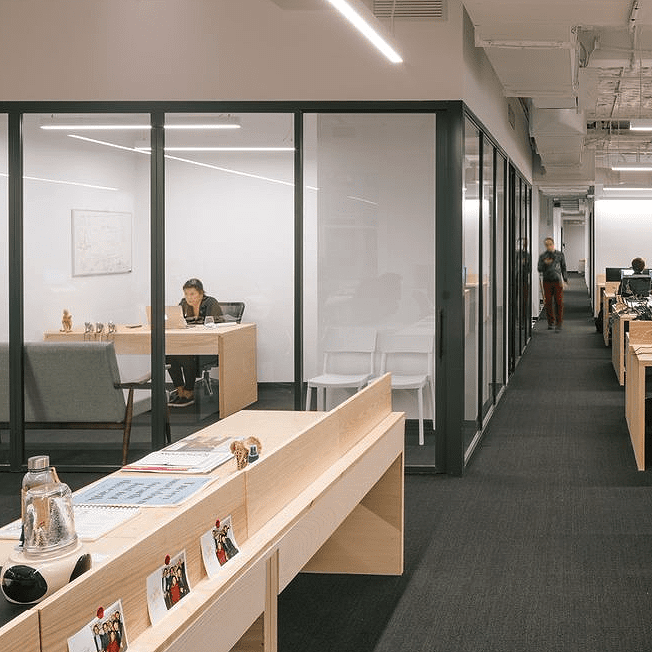
 HOSPITALITY
HOSPITALITY CO-WORKING
CO-WORKING HEALTHCARE
HEALTHCARE BRICK & MORTAR
BRICK & MORTAR EDUCATION
EDUCATION MULTI-FAMILY
MULTI-FAMILY BECOME A TRADE PARTNER
BECOME A TRADE PARTNER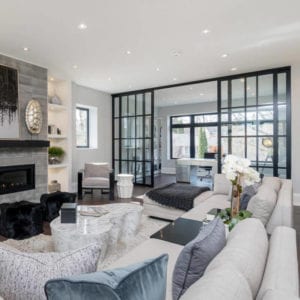
 PARTITION WALLS
PARTITION WALLS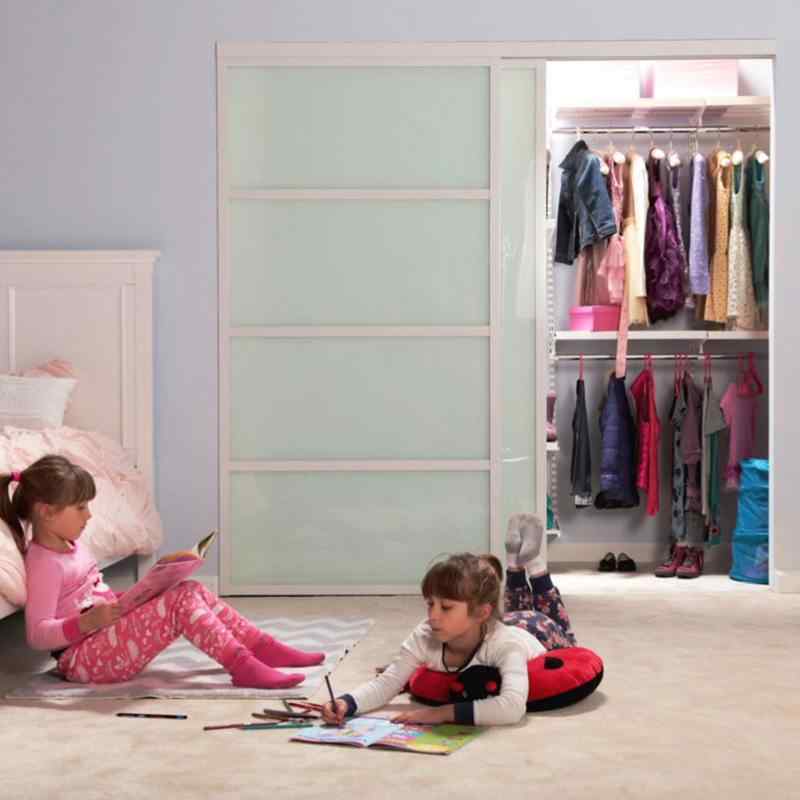 CLOSET DOORS
CLOSET DOORS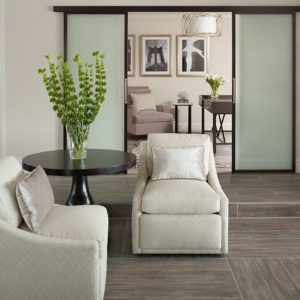 WALL SLIDE DOORS
WALL SLIDE DOORS SWING DOORS
SWING DOORS BI-FOLD DOORS
BI-FOLD DOORS BARN DOORS
BARN DOORS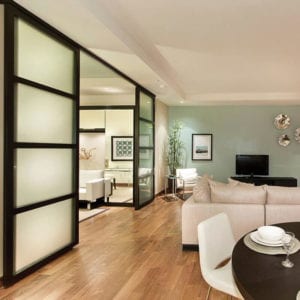 SUSPENDED DOORS
SUSPENDED DOORS

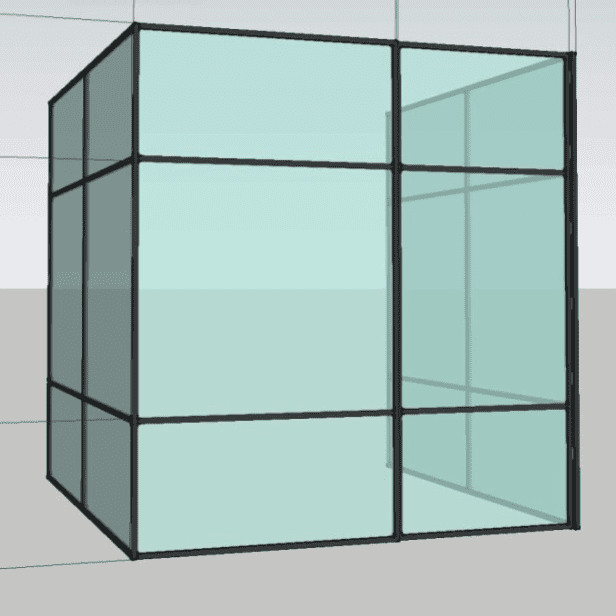


 10 REASONS
10 REASONS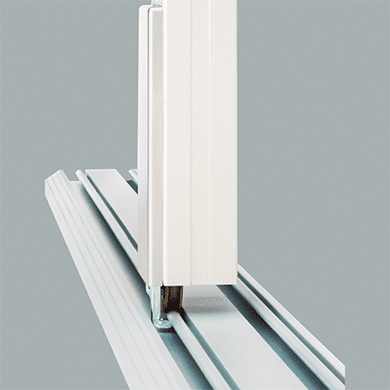 OUR PATENTS
OUR PATENTS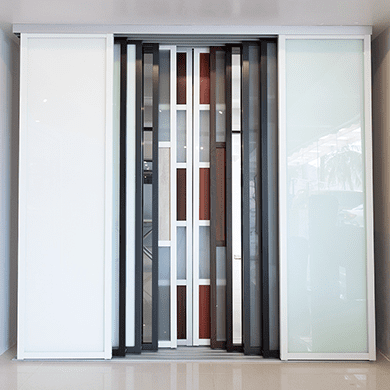 OUR PROCESS
OUR PROCESS OUR WARRANTY
OUR WARRANTY WHO WE ARE
WHO WE ARE CAREERS
CAREERS





